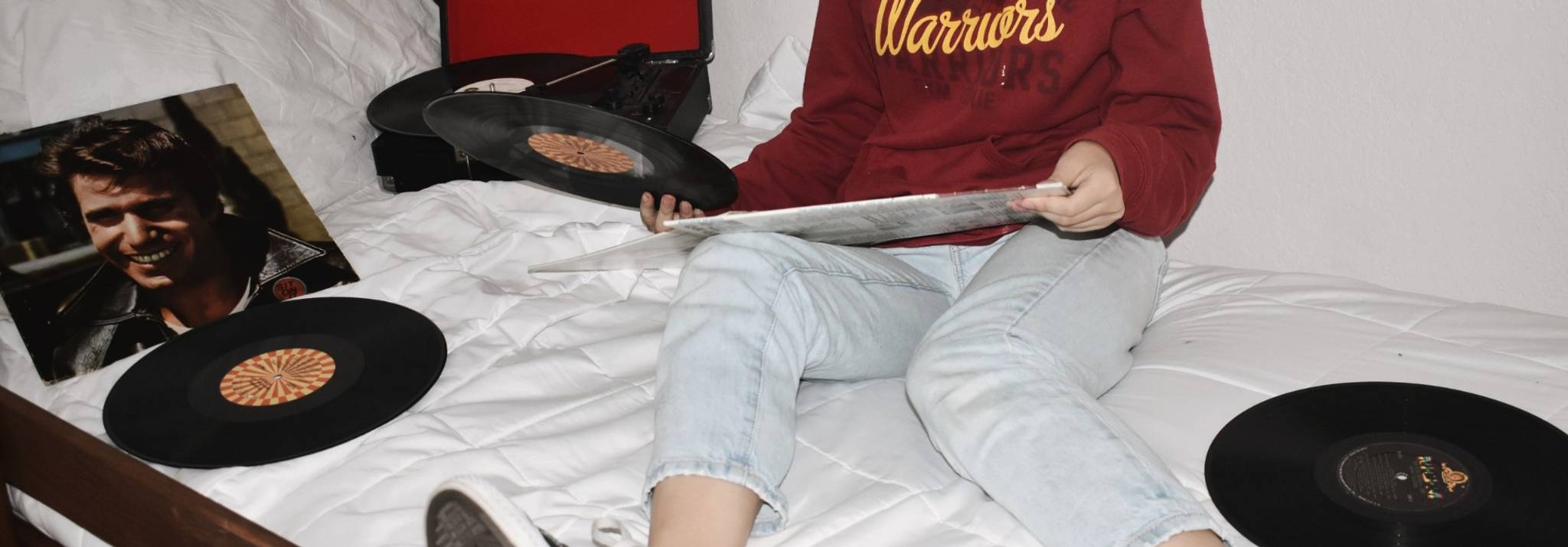
At a moment when people have more time and a desire for new routines, it's perhaps not surprising that vinyl is making a major comeback. While the cult of vinyl has been rising for some time, people are using the pandemic to double down on their love of retro records. We explore the insights behind the increase in sales of vinyl records.
A report published by the Recording Industry Association of America finds that, in the first half of 2020, the sales of vinyl records surpassed that of CDs over two quarters for the first time since the 1980s. People spent $232 million on vinyl, accounting for 62% of total physical music revenue while CD sales experienced a 47.6% slump. Nostalgia is fuelling the increase in the consumption of vinyl records – and even though physical sales have fallen due to pandemic-induced lower spending, vinyl sales have continued to increase since 2005. While digital streaming still dominates the market, making up 85% of revenue, vinyl record sales account for 4% of total recorded music revenue – against 6% for digital downloads.
The shift away from physical music products has resulted in the loss of the rituals that accompany them – manually rewinding cassettes, spit-shining CDs, and setting vinyl to the perfect speed. As people find clarity in mindful moments, listening to music on vinyl provides a nostalgia-filled reason to slow down. Research suggests that psychological arousal, which is heightened when we're stressed, can be lowered by listening to music. Brands can tap into the positive associations with music and nostalgia by accompanying digital music with tangible offerings, like Sony did when it released a retro walkman.
Precious Osoba is a junior behavioural analyst at Canvas8. Fascinated by the how's and why's of people & culture, she has a background in social sciences having studied Anthropology, Sociology & Communication & Culture prior to her Marketing Degree. You can often find her in aesthetically pleasing restaurants writing articles for her medium profile.



